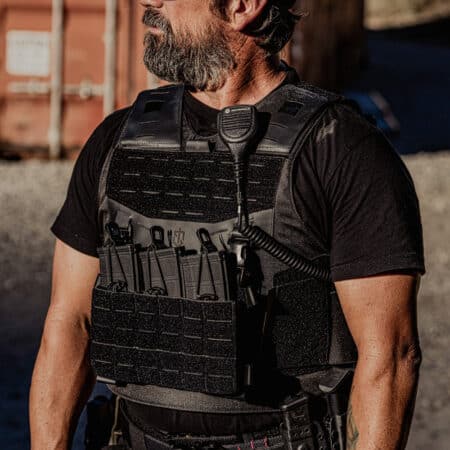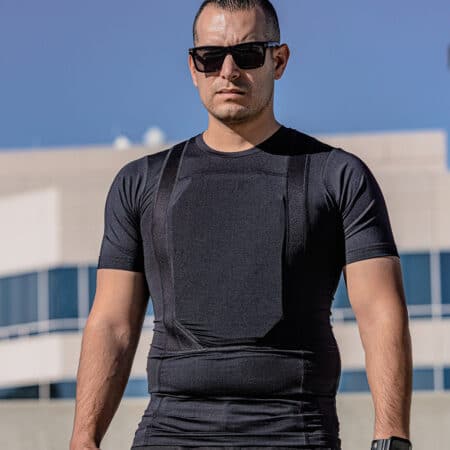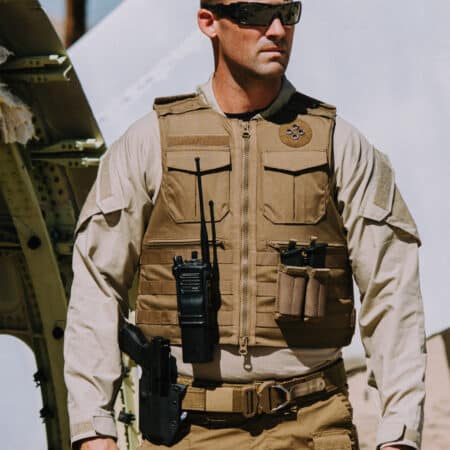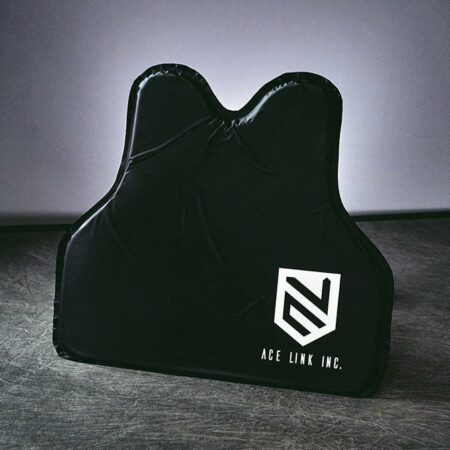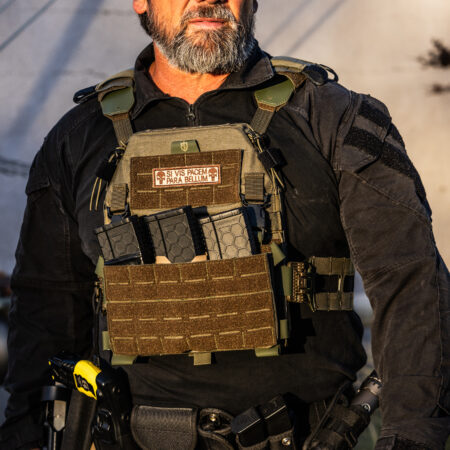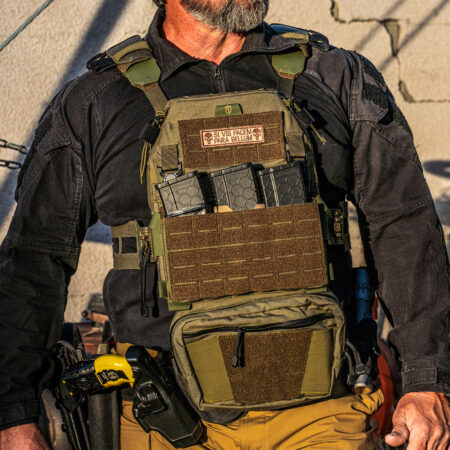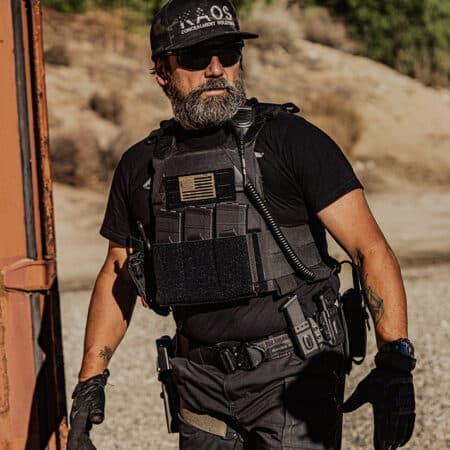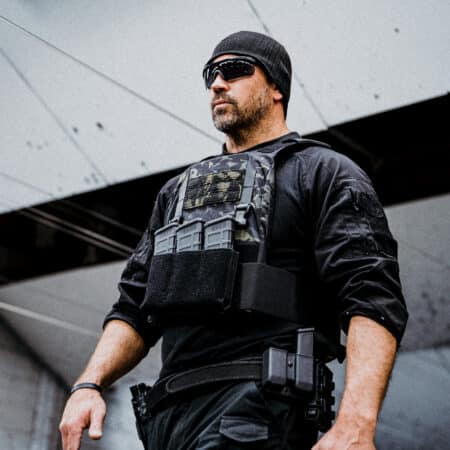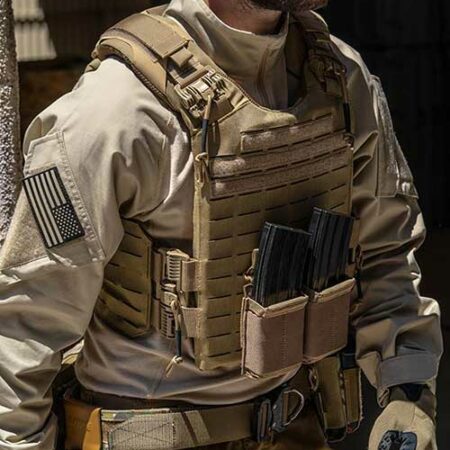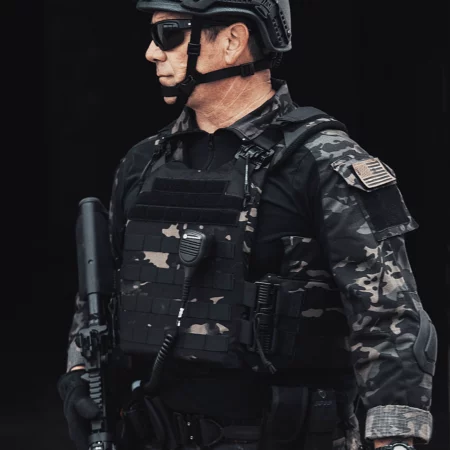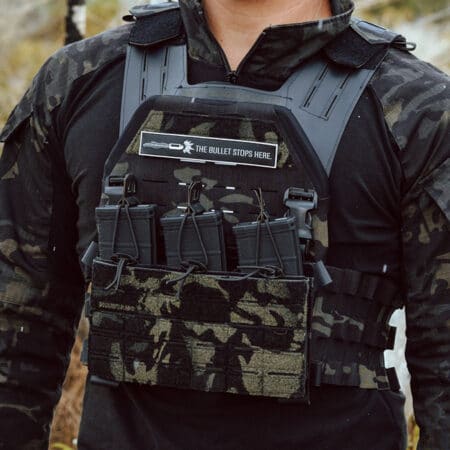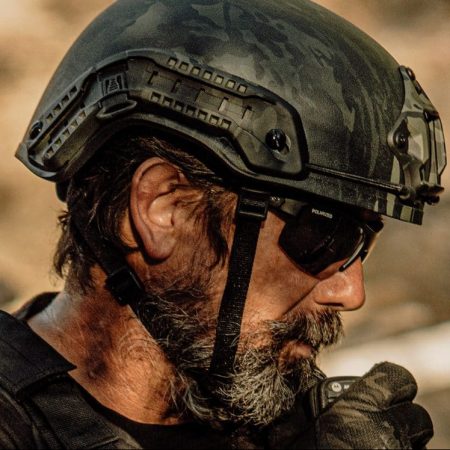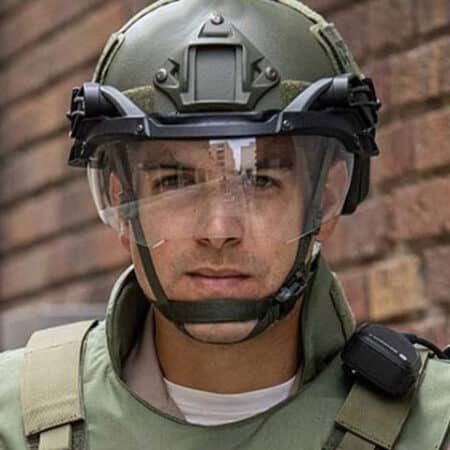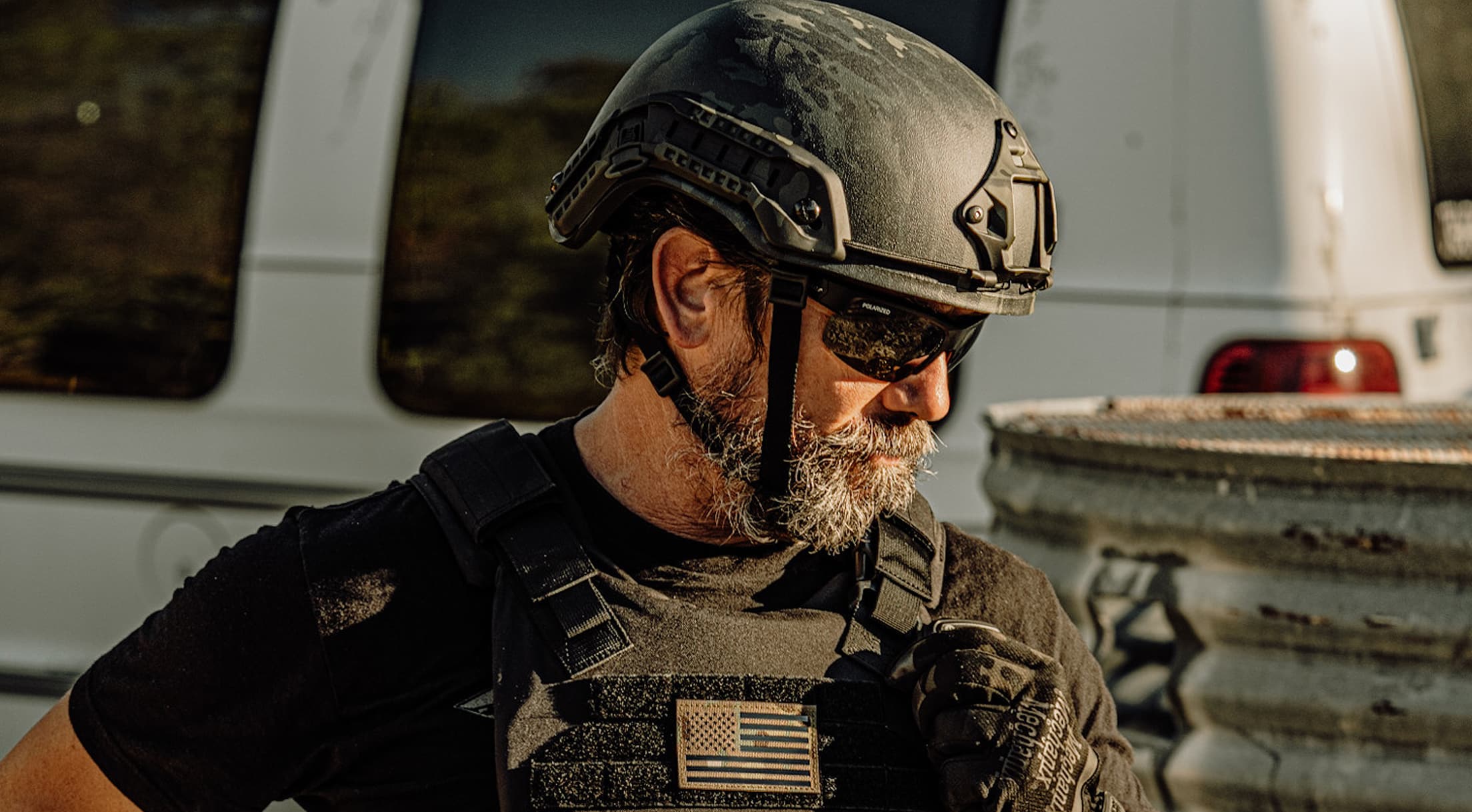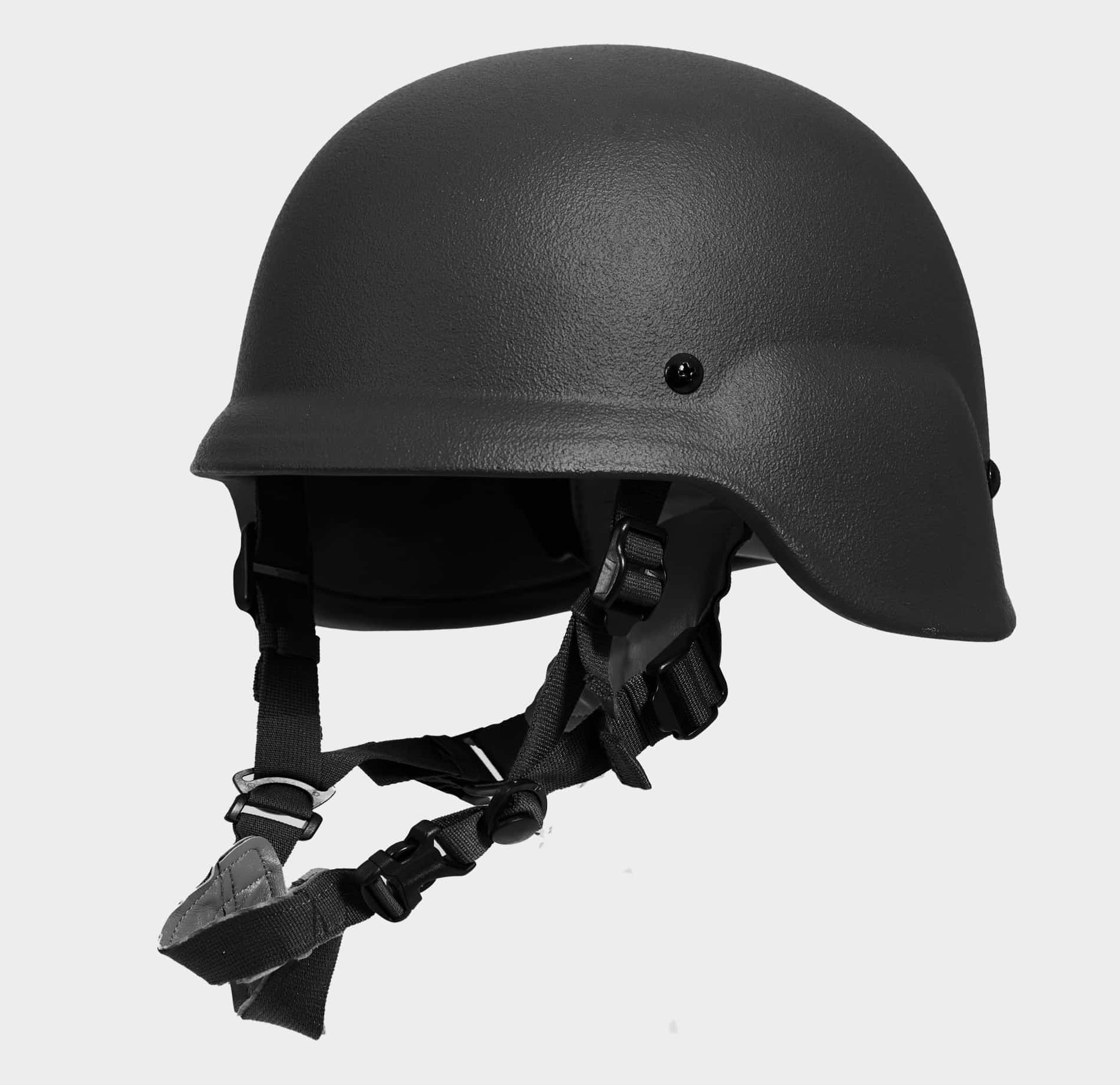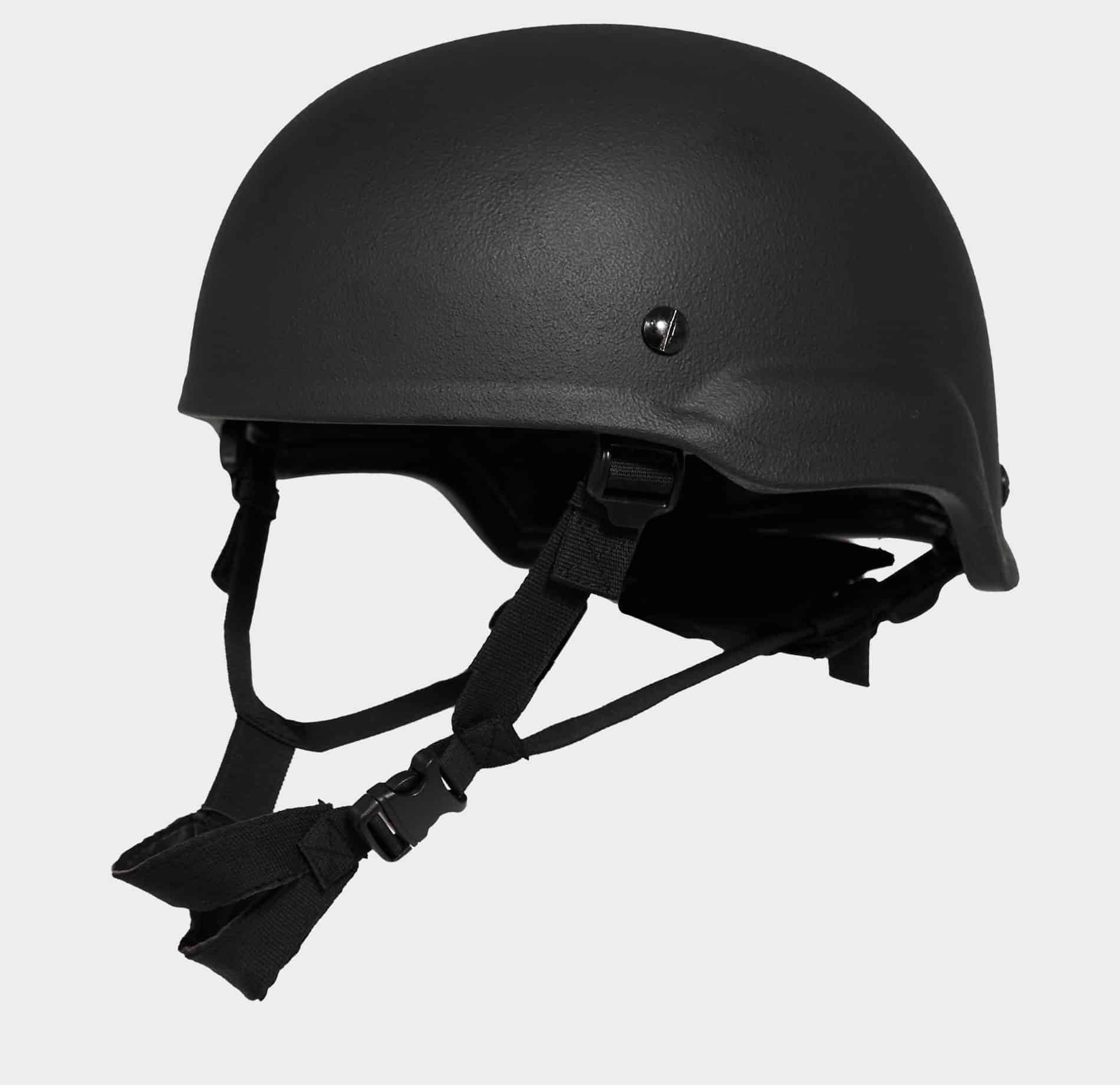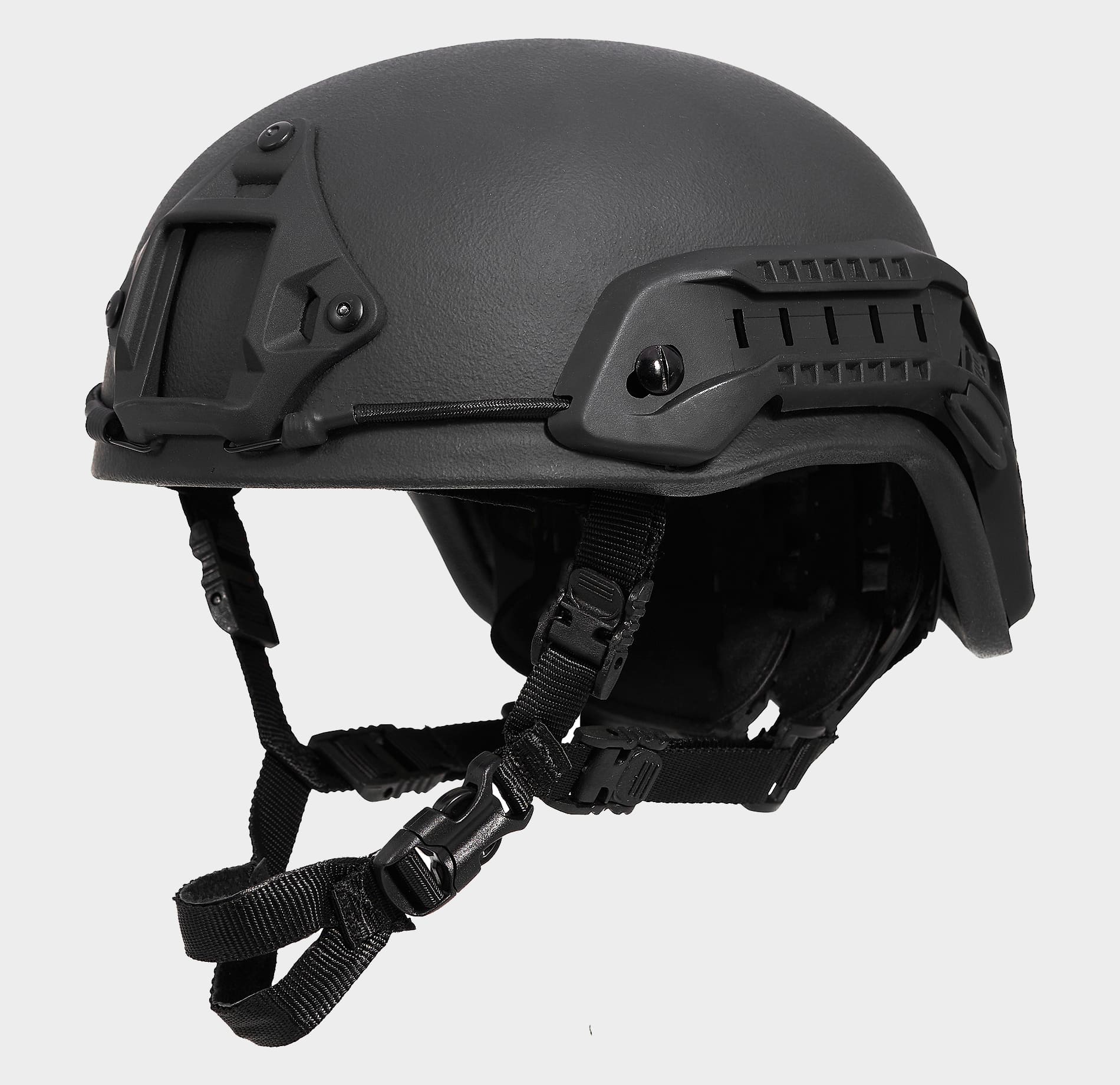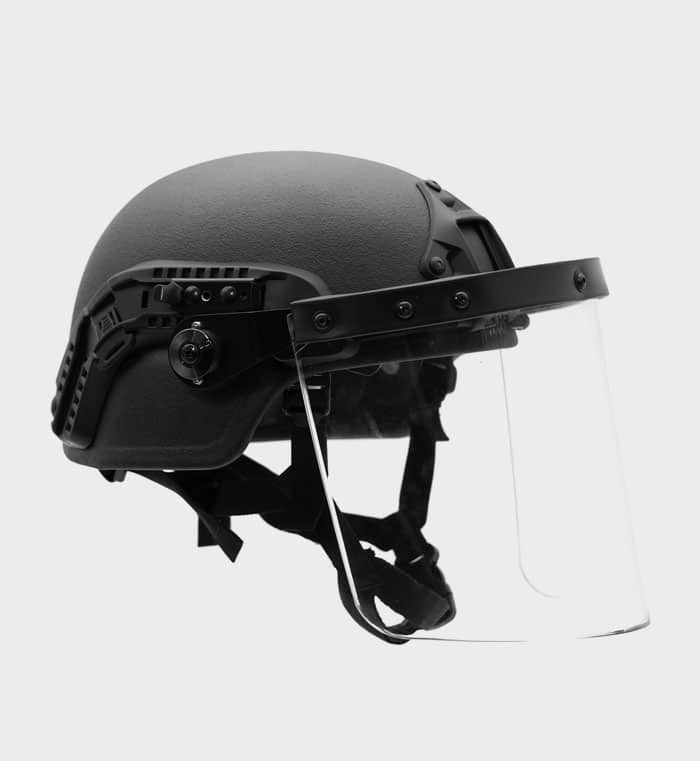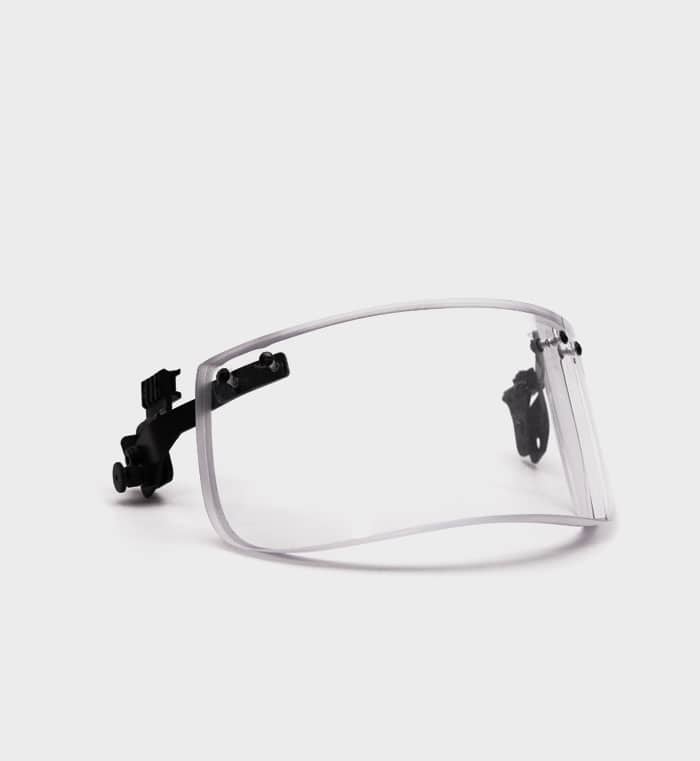Many people don’t know that you can buy body armor, ballistic helmets, and a lot of other cool items as a civilian as well. However, if you go to a gun store, and ask the customer service person to show you a ballistic helmet, they will present you with a wide range of choices, and trying to search for the right option may seem like a daunting task. So, what are the different types of ballistic helmets and how should you choose one?
Ballistic helmets come in different shapes, can be made of different materials, and offer different levels of protection. Therefore, if you want the perfect ballistic helmet for you, you need to know about their different types.
So, here we are going to help you become familiar with all the different kinds of tactical helmets. Read on to learn more.
BALLISTIC HELMETS TYPE BY SHAPE
A ballistic helmet can be found in several shapes and sizes, especially if you look at some old ones. However, these days, most helmets can be put into three classes depending on their design; Full-cut, Mid-cut, and High-cut.
Each design has its own advantages and drawbacks, they are suitable in different situations and have varying applications. Here is a detailed explanation of different helmet designs.
In each instance, the goal is to balance the protective capacity and durability of the helmet with the size, weight, and utility of your equipment. Each type has its own place and works best in different situations. A choice will need to be made in regard to the needs of your mission, your team, and your personal capacity.
FULL-CUT HELMET
Full-cut helmets offer the most protection, and their sides extend below the ears. This is why most armed forces and security contractors prefer to use them. However, these helmets force the users to wear internal communication devices. Furthermore, if you are a civilian, and shooting at the range, it might be difficult to wear your full-sized earmuffs with a low-cut helmet.
These helmets are also heavier, however, they also have more surface area to mount accessories, and they offer the most coverage.
MID-CUT HELMET
As the name suggests, mid-cut helmets are somewhere between low and high cut. Though they aren’t that common these days, they do have some specific applications. In the military, some terrestrial mobile units use mid-cut ballistic helmets as their design muffles air noise when they are moving quickly.
Moreover, these helmets aren’t that heavy, therefore, with custom coms and optics, they can be quite viable.
HIGH-CUT HELMET
A high-cut tactical helmet is made to be lightweight. They leave enough space on the sides for you to use any kind of communication device or hearing safety. These helmets are most commonly used by tactical law enforcement units like SWAT and are ideal for recon squads and combat search and rescue missions, in the military.
These helmets are ideal for longer missions as well and are super comfortable. Their main advantage is their low weight and modularity, as almost any kind of external comms can be used with them, without any adjustments.
TYPES OF BALLISTIC HELMETS BY THE MATERIAL USED
ARAMID HELMETS
Aramid is a class of synthetic fibers that are lightweight, super-strong, and heat resistant. These properties make them perfect for military and defense applications like making ballistic body armor and ballistic helmets.
These days, most modern Ballistic helmets are made with Kevlar and Twaron, both of which are Aramid materials. Aramid matrix helmets offer flawless ballistic performance and provide very small back face deformation combined with a high V-50 factor. This type of bulletproof helmet offers very good ballistic performance against pistol calibers and shrapnel.
PE HELMETS
PE stands for Polyethylene, which is a very common and strong synthetic plastic that is also used to make ballistic helmets. PE helmets are made using Ultra-High-Molecular-Weight polyethylene which can be even stronger than Kevlar and other Aramid materials. When it comes to impact protection, ballistic helmets made from Aramid fibres like Kevlar and Twaron have usually higher ratings in general.
In fact, the ECH (Enhanced Combat Helmet), which is used by the USMC (United States Marine Corps) and the US army is made from high-density polyethylene. This type of ballistic helmet also has a unique design with highly advanced features (including front, back and side protection), which is why it is the choice for many special operations teams.
BUMP HELMETS
A Bump helmet isn’t designed to stop bullets, however, they have their own applications. These non-ballistic helmets are made of polymer plastic or carbon fiber. They protect your head against shrapnel and falling debris and are commonly used as protective gear by rescue units in search missions and natural disasters like tornadoes, and earthquakes. In terms of construction, non-ballistic helmets might look the same but they are much less reliable compared to Aramid helmets under impact.
Bump helmets are also used by special law enforcement units that don’t expect combat encounters since these lightweight helmets can offer an optic and comms mounting platform. Bump helmets are commonly used for training as well. In terms of construction, non-ballistic helmets might look the same but they can be much less reliable than PE helmets under impact.
BALLISTIC HELMETS PROTECTION RATING
Like body armor, a Ballistic helmet also has different protection ratings and the NIJ rates them in the following categories.

NIJ LEVEL I AND LEVEL IIA:
On the low end or protection, we have the NIJ level I and level IIa ballistic helmets. These helmets are quite common and really lightweight. Moreover, they protect your head against small pistol calibers like .22 LR and .38 special.
The main use of these helmets is for protection against shrapnel, and debris, however, if you want a higher level of protection, you should opt for level II or level IIIA.
NIJ LEVEL II:
Level II is the most commonly used ballistic helmet by law enforcement, and police officers. They are relatively light, and comfortable, and will keep you protected against shrapnel, blunt force, and handgun rounds up to a .9mm and .356 magnum.
NIJ LEVEL IIIA:
This is the highest level of safety you can get in most of bulletproof helmet. They are designed to protect your head from pistol rounds up to a .44 magnum. Some helmets, however, can even stop rifle rounds from a certain range but they come at cost of being very heavy.
An NIJ level IIIA ballistic helmet will also protect you against explosions, and can even withstand a grenade going off in the vicinity. Therefore, it is ideal for shrapnel and shock prevention.
INTERIOR LINING/PADDING TYPES
Through a bulletproof helmet can stop bullets from penetrating your skull, the bullets still carry a lot of force. So, even if you’re wearing a tactical helmet, you are going to experience a strong punch, which can be concussive and even deadly. Therefore, helmets also need to have comfort pads or some sort of impact dampening system on the inside.
Typically, the internal safety lining of a bulletproof helmet is made from foams, rubbers, or plastics, and you can also find some hybrid options. Foam padding offers the most comfort. A tactical helmet can use foams of varying densities, made from open cell and closed cell polyester, polyurethane, polyethylene.
Almost every helmet comes with some sort of padding to ensure a comfortable fit, and to mitigate the impact of any projectiles. However, aftermarket comfort pads are also available, which can significantly improve the wearability of a helmet.
After the padding, the interior lining of a helmet is also important. Most helmets have a mesh lining on the inside, to keep your head cool, and avoid excessive sweating when working for a long time.
SIDE RAILS AND FRONT SHROUD TO MOUNT ACCESSORIES
Apart from protecting your head against blasts and bullets, a ballistic helmet serves another key purpose, it is an ideal mounting platform for several items like night vision goggles, lights, strobes, and communication gear.
Therefore, modern ballistic helmets have side rails and front shrouds. Side rails can have Picatinny rails, M-Lok, or other mounting systems that allow you to mount your comms, lights, or even an oxygen or gas mask to your helmet. In civilian use, they can also be used to mount ear muffs.
Front shrouds are an essential part of a modern helmet, as they are used to mount night vision goggles. Mounting your NVG to your helmet allows you to deploy them instantly, and when you’re not using them, they stay out of your way.
AVAILABLE HELMET ACCESSORIES
Apart from protecting your head, a tactical helmet needs to have different kinds of equipment on it to offer complete operational capabilities to the wearer. There are loads of incredible accessories that can be mounted to helmets.
One of the most common accessories that the military, and special law enforcement units use is night vision goggles. They can be mounted in front of the helmet for easy use. Some anti-riot police units may also mount face shields to their helmets. Communication gear is another essential equipment accessory that is mounted on helmets.
If you are a civilian, you can use the front shroud of your helmet to mount a GoPro and make an incredible first-person perspective video of your day at the shooting range. You can also mount earmuffs to the side of a tactical helmet.
In general, there are loads of incredible items that you can mount to your helmet, from cameras, and infrared and night vision optics, to communication devices, flashlights, and earmuffs.
FINAL THOUGHTS
The ballistic helmet is a crucial piece of gear for tactical outfits. Ballistic helmets are available in different types, each with its own set of pros and cons. We hope this article helped you to make the right decision when choosing one to buy and what best suits your needs. Visit our main page to navigate to the ballistic helmet section.




